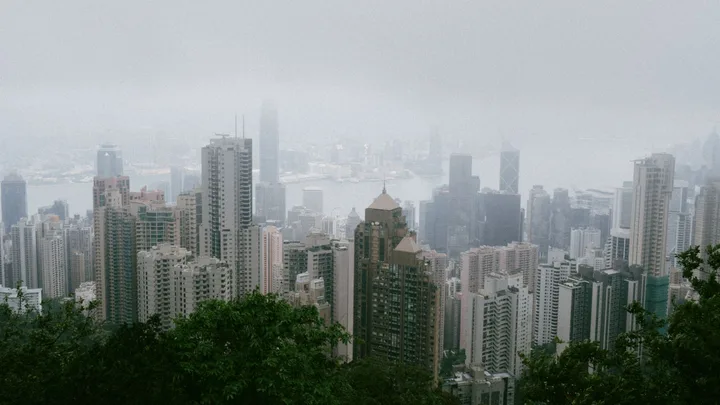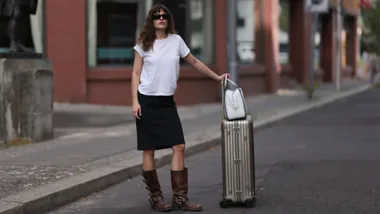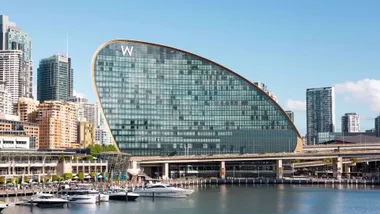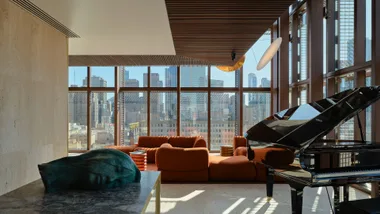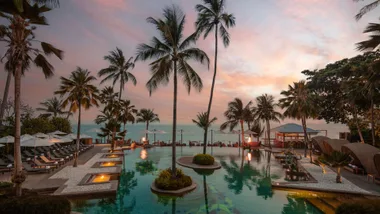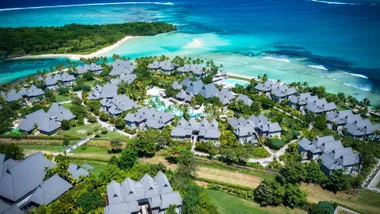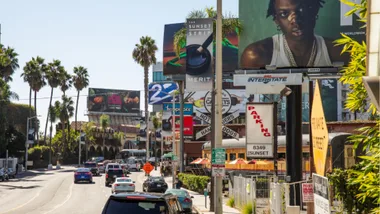Like so many, my first introduction to Hong Kong was through film. With the pastel-hued mid-century buildings of Kowloon and neighbouring glass skyscrapers of Hong Kong Island—hugged on one side by ocean and on the other by tree-dotted peaks—the region is the ideal setting for stories about transition, stories about ephemerality. Down that alley, see Tony Leung and Maggie Cheung quietly burn for each other in In The Mood For Love; and across that street market, Nicole Kidman frantically searching for her lost son in Expats.
It’s hard not to be romantic about such a place in theory or art; but after having experienced Hong Kong, near impossible. The interchanging of hands between China and the United Kingdom over the centuries—and for four years from 1941, Japan—has left an indelible mark on the region’s landscape, cuisine and culture.
In 1997, Hong Kong was formally handed over to China from the United Kingdom, and it is yet to be seen how the region may transform again over the next century. Make this the year that you experience the ever-metamorphosing Hong Kong, and use the below as a guide for where to stay, what to do and what to eat.

Where To Stay
Check in to the Conrad Hong Kong
Hong Kong is a wonderfully dynamic, energetic region; so to start your day and end your nights, you’ll want the serenity and convenience that the Concord Hong Kong offers. Situated mere minutes from the nearest train station—referred to locally as MTR (for Mass Transit Railway)—stepping into the gold-hued, glass-wrapped lobby of the Conrad is instantly soothing for travellers who have spent all day walking Hong Kong Island’s hills. Dark woods, a Venetian glass chandelier and an ever-present honey-hued orchid floral arrangement hint at the classic stylings that are to be found in the suites beyond.
The suites feature soft, gold-patterned carpet underfoot and—most meaningfully at the end of long, humid days—impossibly comfortable beds with satin-lined sheets. There are, however, contemporary details, including a Nespresso coffee machine, Grown Alchemist products and honey-veined marble throughout the generously-proportioned ensuites. Despite all this, it is, naturally, the full-length picture windows that delight most—ensure to ask for a Victoria Harbour-facing suite, the dynamic light displays on skyscrapers across the way offering a complimentary show every night.
Being that travellers often only linger in Hong Kong for a long weekend to a week, you may not intend to spend much time in the Conrad’s communal areas, but for breakfast or a nightcap. Both traditional Cantonese and Western dishes are served at the sunlit, atrium-situated Garden Cafe breakfast buffet—I, myself, start each morning with the soul-nourishing fish or chicken congee, topped with dried anchovies, spring onion and a thousand-year-old egg. For solo travellers, such as myself, it is a curious novelty to observe local children with designer bags seated beside serious-faced Western businessmen. Returning to the hotel at the end of an evening, it is an unexpected treat to hear a two-piece band accompany Filipina voices from the Lobby Lounge, carrying over to the elevators as you wait to go up to your suite.
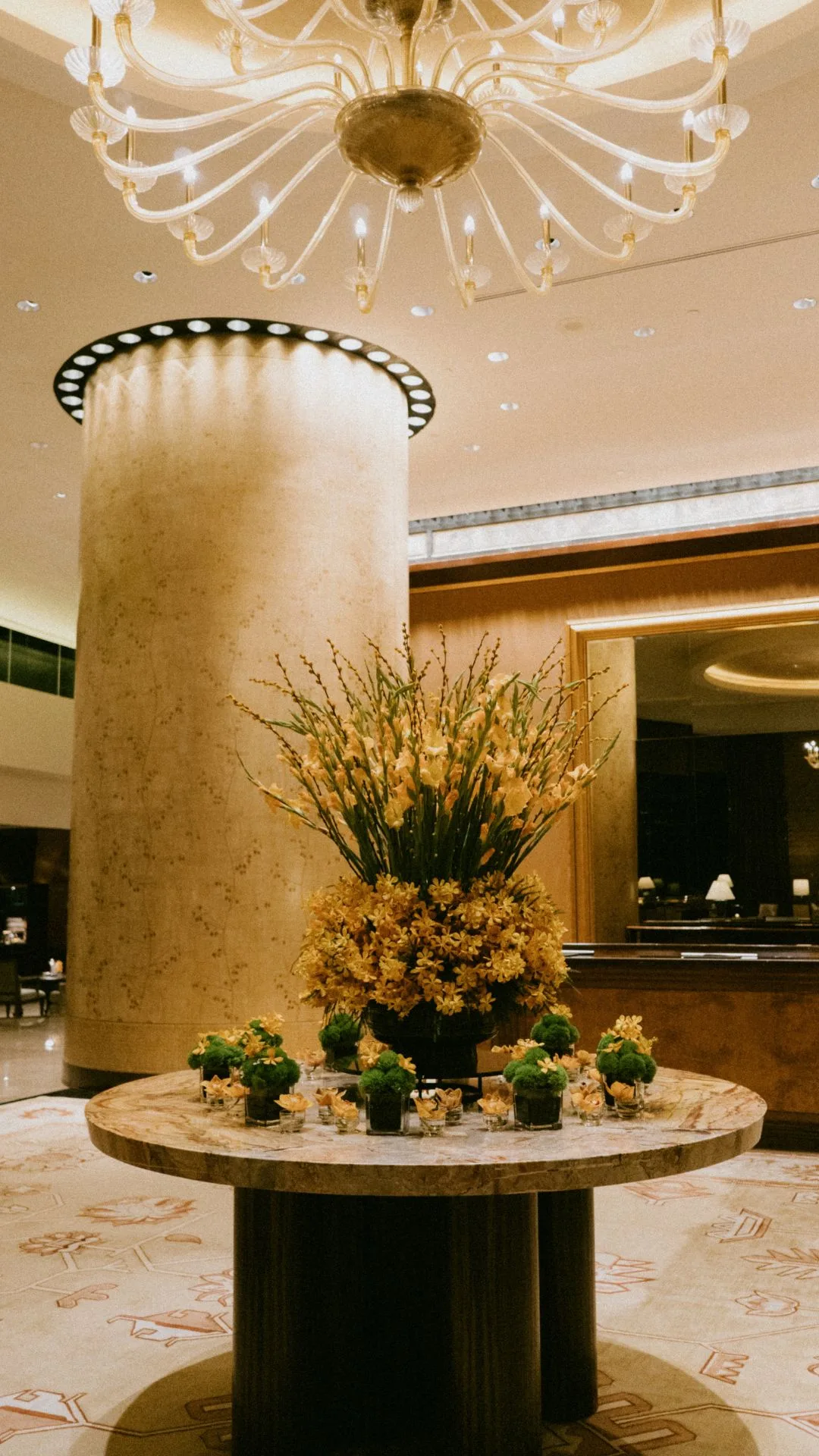
What To Do
Hike Victoria’s Peak
If no disabilities prohibit, start your morning hiking Victoria’s Peak. A short but steep climb from Central MTR Station—about 45 minutes in total—the paved path takes you through Hong Kong Island buildings, up through lush trees to a singularly spectacular view of the water-lined cityscape below. But for a couple of months of the year, the physical exertion coupled with humidity will leave the average person breathless—prepare to be humbled by serene elderly locals and groups of joyful Filipina expats walking their employers’ dogs, passing you without so much as breaking a sweat.
At The Peak—as it’s referred to as by locals—a small shopping centre houses Sky Terrace 428, the highest viewing platform in Hong Kong. It is worth ducking and weaving through the many content creators angling for the best footage for the moments of tranquillity staring out at the harbour before the day ahead; but if the morning mist has rolled in, the Lion’s Point View Pavillion, a couple of minutes down the road from the shopping centre, is free to the public and has similarly beautiful views. Gain another perspective of the hill by catching the open-air Peak Tram on the way back down, returning you to the city centre in seven minutes.
Experience local Taoist temples
At least one afternoon need be dedicated to visiting local Taoist temples, both on Hong Kong Island and Kowloon. Perhaps the most photographed and well known is the declared national monument Man Mo Temple in Old Town Central, built in tribute to the God of Literature and the God of War. Built in the 19th Century, the ornate temple sits in stark contrast to the passing cars in front of it, and the ageing buildings that hold hands beyond it. Once inside, one is transported from the business district in which the temple is located, and to a plane of prayer and quiet contemplation—overhead, dozens of incense coils soundlessly burn (“instead of visiting to light an incense stick daily, these people have cleverly lit one that will last weeks!” I’m told upon entry).
The Tin Hau Temple in Kowloon once sat on the shore, but due to reclaimed land, now sits in the heart of the bustling Yau Ma Tei area, on the corner of the famed and colourful Temple Street Markets. Whether this temple or another, be sure to make use of a guide who has intimate knowledge of Taoism and Hong Kong’s spiritual history. Within, an effigy of Tin Hau, Goddess of the Sea, is given a place of honour—but also other gods and goddesses requested by locals over the generations. By her side are gathered many Gods of the Land, who once watched over specific homes, but have now been asked to be taken in by the temple when landowners have moved.
I’m taken around the Tin Hau Temple by Thomas Wong (locally known by his birth name Wong Kwok Kei), who shares that one must always step over the threshold, and from one’s perspective upon entry, circle the temple from right to left. Even the open-air centre of the temple is brought into greater understanding; “the rainwater will be collected, and in the old days, the drainage would lead to a big pond, and the water made use of for farming, and most importantly, to put out fires, because all construction was made of wood,” Wong explains. “Still the rainwater has significance: water means money, so we collect all the money,” he says, smiling.
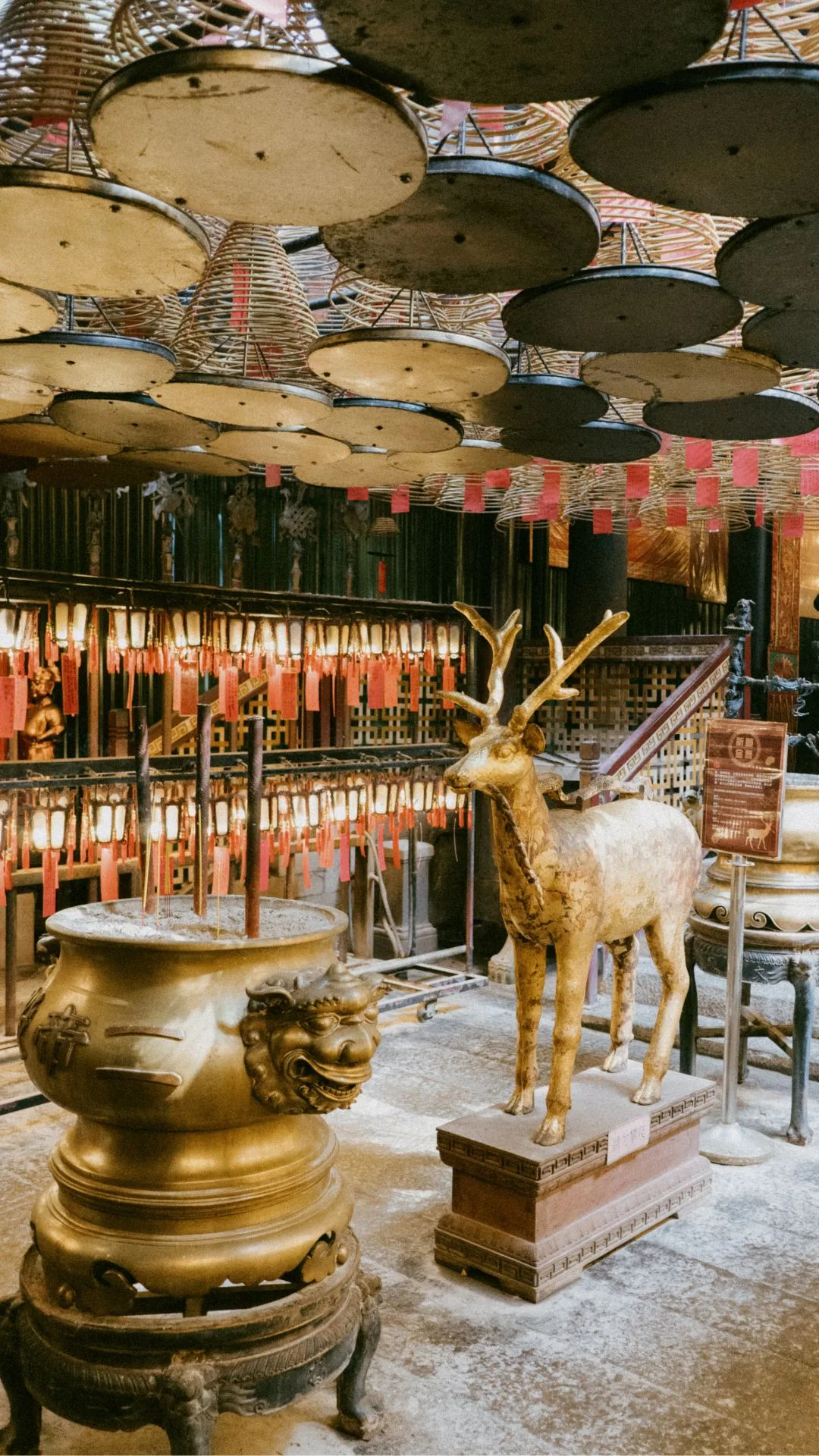
Visit the past and future of Hong Kong arts and culture
Joining the ranks of similarly awe-inspiring contemporary art museums such as the Museum of Modern Art in New York, and our own Museum of Old and New Art in Tasmania, M+ is an essential destination for anyone enamoured by visual art, design and architecture. Wandering around the expansive brutalist spaces is reason enough to visit: an oft-photographed wooden-plied corridor to the toilets is lit by jellyfish-reminiscent light pendants, a full-length picture window to the harbour beyond; upstairs, an atrium hosting a central spiral staircase provides the point from which all exhibitions break off from.
An entirely engaging exhibition that has been ongoing since 2021, titled Things, Spaces, Interactions, gathers together the most fascinating furniture, architecture and design objects of the last seventy years. Highlights include the whimsical ‘80s Kiyotomo sushi bar, painstakingly dismantled and rebuilt; one of the last remaining interiors of legendary Japanese architect and interior designer Shiro Kuramata. I linger by the gallery’s entry, where Agenda No. 3—ten stainless steel chairs of different sizes and shapes that interlock like a jigsaw puzzle to form a circle—by Hong Kong’s own Freeman Lau sits. “This work sets up a forum for negotiating differences and seeking consensus,” the wall text reads. “Could design facilitate the diverse and at times conflicting voices in society?”
Across the road, the Hong Kong Palace Museum strikes an opposing figure, as is befitting a structure housing thousands of priceless Hongkongese artefacts. Several atriums exist within its some 13,000 square metres, its contemporary architecture in stark contrast to its permanent collections, with ceramics, silver and gold wares, calligraphy and furniture dating as back as 18th Century BCE. During my visit, From Dawn to Dusk: Life in the Forbidden City gives a glimpse into the court lives and daily routines of emperors and empresses of the time, with everything from jade rollers, dumpling boxes and ornate name seals on display. Perhaps just as enamouring as the precious artefacts, are the visiting Chinese, crowded around displays and joyfully showing their children their cultural inheritance.

Where To Eat
Hong Kong’s once ubiquitous street hawkers are famously disappearing, with licences to operate no longer being issued, and the last generation dying out. Still, there is beautiful Hong Kong food to be found in little hole-in-the-wall establishments, if only you know where to look. Sham Shui Po, a working class neighbourhood in Kowloon, is host to many such restaurants—expect brisk service, to share your table with locals who have clocked off from work, and most importantly, for the food to be nourishing and delicious. My favourite meal is possibly eel claypot rice with a side of greens, washed down, naturally, with Tsingtao beer; the next day, I devour beef brisket, tendon and stomach lining noodles for lunch. For my last meal in town, I order congee with pig liver and kidney.
Hong Kong has an awe-inspiring number of Michelin-starred restaurants—79, in fact—so neglecting to dine at one would arguably render an experience of the local culinary landscape incomplete. The recently refurbished, fifty-something-year-old Man Wah holds the distinct honour of being Michelin-starred for over a decade. English-inspired, sapphire-hued interiors beautifully frame the Victoria Harbour beyond its windows; and the understated yet singularly special Cantonese dishes attract both business associates and couples celebrating milestones just the same.
The steamed and sauteed egg with lobster meat, sea urchin, and mini goldfish dumplings is certainly the most experimental and contemporary of the dishes served during my meal there; it is impossible not to smile at the whimsy of the dainty dumplings swimming in the creamy sauce, around the egg and lobster ‘volcano’. However, I found that the most fragrant and comforting course was the Cantonese mushroom broth. Traditionally made slowly with whole chickens, Man Wah has recreated the depth of flavour of this traditional dish with varying fungi, so that vegetarian and vegan guests can experience the joy of the dish as well. Double-boiled with honey lotus seed, matsutake mushroom, elm fungus and yellow fungus, the broth is served in a cast iron teapot, and is still so strong in my memory weeks later.
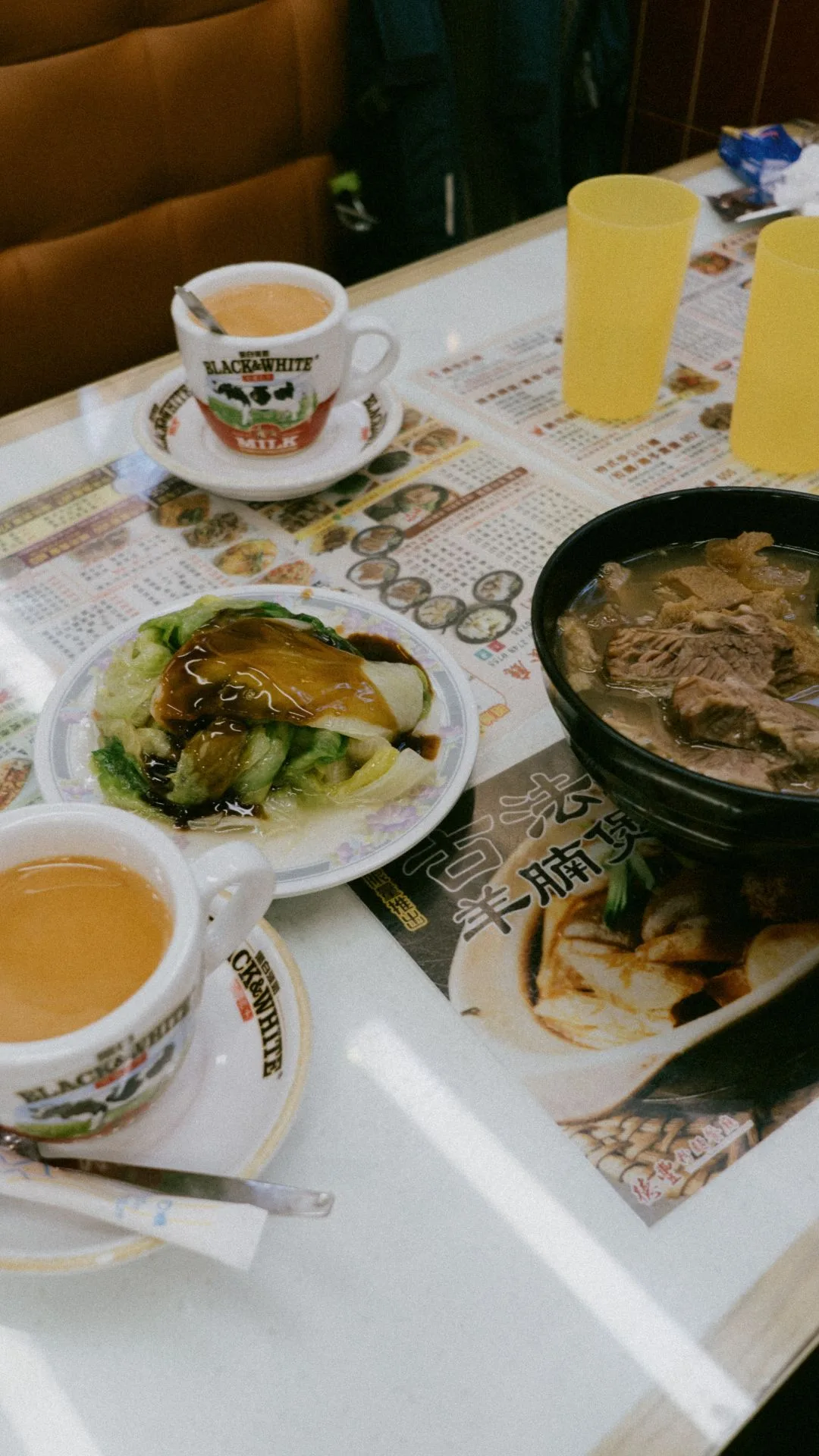
Lastly, no reference to Hong Kong cuisine can be made without word of the region’s beverages. Lan Fong Yuen, first an unassuming dai pai dong (or open-air food stall) that has since expanded to a small restaurant in its sixty-something-years of operation, almost always boasts a line of customers on its small avenue in Central. On a slow morning, I happened to walk by and join the line, and absolutely stand by any amount of time you may need to pass in order to secure one of their signature stocking milk teas, so named for the extra smooth consistency achieved through straining the beverage with pantyhose.
Local milk tea aside, Bak Bo Tong in Yau Ma Tei is a must-visit for traditional herbal teas, with formulas rooted in Chinese medicine. Once prevalent throughout the region, herbal tea shops’ popularity have dwindled with the embracing of Western medicine, but Bak Bo Tong continues to endure. Conspicuously lining the shelves of a glass-fronted fridge in the shop’s corner are bowls of guilinggao or turtle jelly—tortoise shell, licorice and twenty medicinal ingredients. Believed to alleviate muscle and bone discomfort, aid in detoxification and more, maple syrup is heaped on top, and I find I quite enjoy the taste.
Elsewhere, in Tai Kwun—the revitalised former Central Police Station—Lockcha Tea House offers respite from the frenetic energy of Hollywood Road on which it is located. Serving all-vegetarian dim sum alongside their remarkable premier tea, ensure you order their black truffle shumai and aged Zhengshan bro.,mkwn pu’er, with its delicate fragrance and alleged longevity benefits. Most fun is the handcrafted tea beer, created in collaboration with local brewery Heroes Beer Co., which can be ordered as a tasting board. The light Phoenix Oolong Pale Ale, with dried tropical fruits and floral notes, is unsurprisingly particularly popular, as perfect as it is for long days in the sun.
How To Get There
Cathay Pacific, Hong Kong’s flag carrier, was co-founded close to eighty years ago, by an Australian no less. Since then, the airline has consistently been named among the best in the world by Skytrax—and the very best four times. Such was my experience in economy—both traditional Cantonese and Western dishes are offered with every meal, and service and in-flight entertainment world-class.
This writer travelled courtesy of the Hong Kong Tourism Board and its partners. Her opinions are her own.
